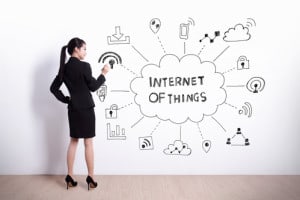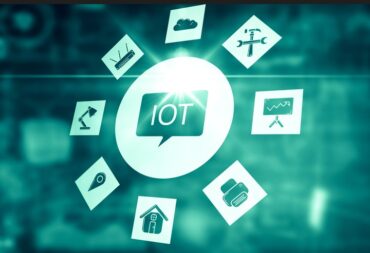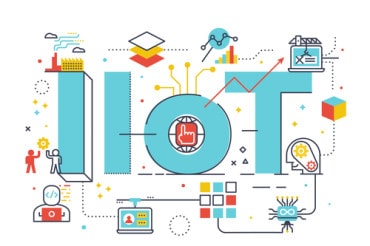
Too many IoT devices and not enough management?
What’s the problem with the Internet of Things? There are too many things, that’s what.
In a typical house these days, we have connected thermostats, connected ceiling fans, connected garage door openers, connected cars, even connected door bells. I suspect if you look at what is all connected to your WiFi router, you’ll see devices in the double digits, perhaps some you were not even aware were actually connected.
The problems arise when you try to manage these devices. Firmware updates, for instance, have to be driven by users. Same goes with dealing with devices that go off-line for some reason or another. While managing a few devices was feasible, managing over 10 becomes a bit confusing and overwhelming, even for those of us that are technology-loving geeks.
What’s needed is a common IoT management platform. In the cloud computing world, for example, we use a common management layer that’s called a cloud management platform, or CMP, to manage complex multi-cloud deployments. We have the same problem in IoT, where the number of things is becoming too great to deal with on an individual basis. Is it time to place a management platform between you and the many connected things that you manage? Here are some pointers.
The management platform’s basic functions should include:
- Password management: the ability to log into all devices and manage password changes in a centralized location.
- Firmware and software updates: the ability to accept updates securely and efficiently, and deal with the changes made to the device, all without your input.
- Groupings: such as management of all connected lights using a single interface. An example would be to turn on all den lights, even though the individual lights are managed by different IoT providers.
- Automated systems: basic AI applications, such as making all devices work together to reduce power consumption. For instance, turning off the lights and reducing the temperature when some devices sense that you left the house. Perhaps also making sure all of the doors are closed and locked, and that the water valves are off.

A common management layer makes sense. Not only for home automation IoT devices as mentioned above, but for industrial devices that are running our manufacturing floors. Or, perhaps even more important, is a common management layer to deal with all of our health related wearable devices that are so much a part of your lives these days.
You have to admit, is a good and fairly obvious idea. Let’s get on that IoT industry.
Related:
Interoperability: an Internet of broken things?
IIC’s Richard Soley on the need for IoT semantic standards
Fog computing: a reference architecture




























